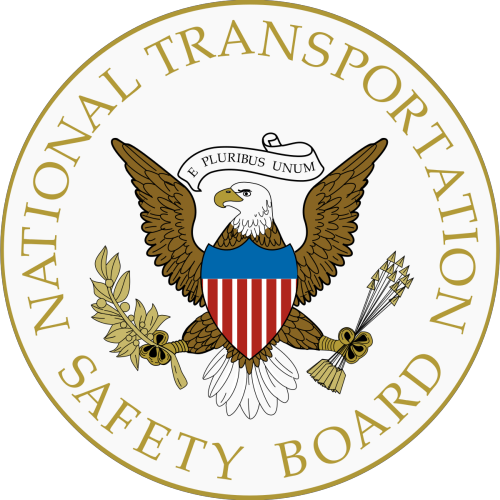The US National Transport Safety Board is increasingly using drones as part of its accident investigation toolkit, including for terrain mapping of air crashes, according to NTSB investigator Michael Bauer. Notable drone applications by the Board since 2016 include rail and highway crashes and general aviation accidents.
However, Bauer notes that the NTSB’s most challenging application of the technology was related to the investigation of the fatal Feb. 10, 2018, crash of a Papillon Helicopters sightseeing Airbus EC130B4 that hit terrain while on approach to land at Quartermaster landing zone in the Grand Canyon near Peach Springs, Arizona. NTSB engineers needed a three-dimensional digital model of the accident site and surrounding terrain to thoroughly understand the terrain features in the local area and used a FARO laser scanner to create the 3D model. The Board’s small unmanned aircraft systems (sUAS) team also used photogrammetry to support the investigation and compare data generated by both technologies for future investigations.
Flying the sUAS at the crash site required prior permission to operate within the associated airspace and the special flight rules area from various tribal and government entities—including the National Park Service and FAA—and coordinating flights with the helicopter tour operators in the region. The site’s difficult terrain, combined with an absence of electric power and internet at the site, required additional planning and equipment.
The NTSB employed a remote pilot in command and a visual observer for each flight who also monitored the local frequency for traffic. Several flights were paused to ensure safe separation, but Bauer reported that the mission was accomplished in just over an hour of flying, including a 10-acre mapping mission completed in just 12 minutes, and that it provided “stunning visual imagery of the local terrain area.”
Source: AIN Online

